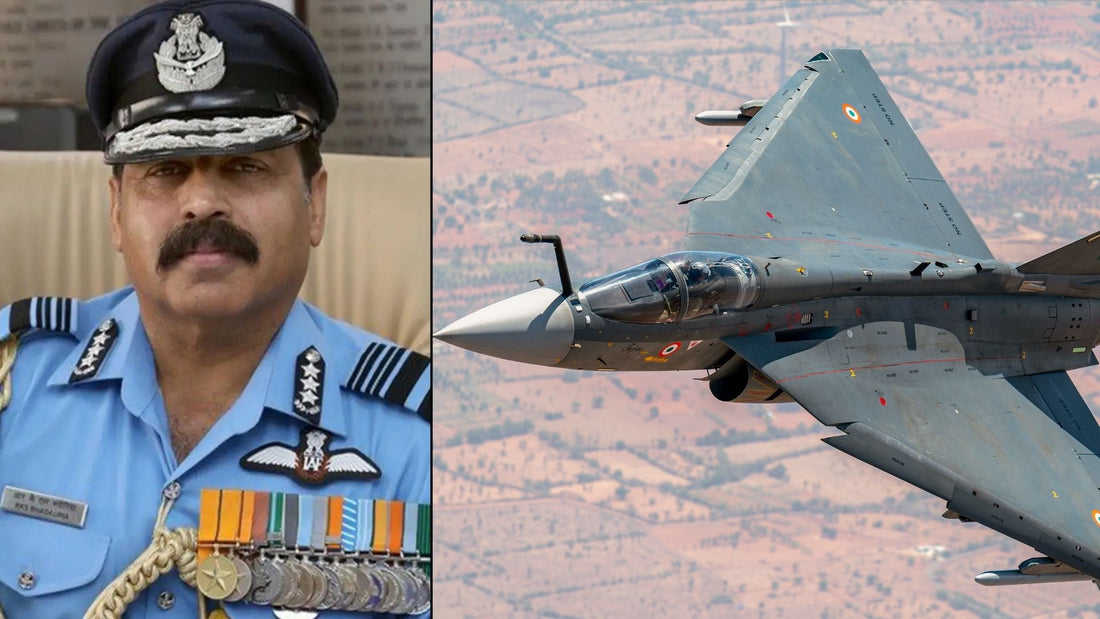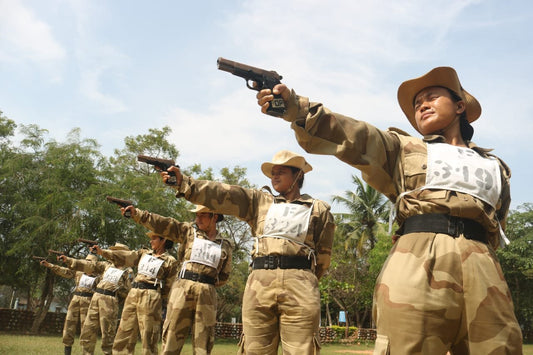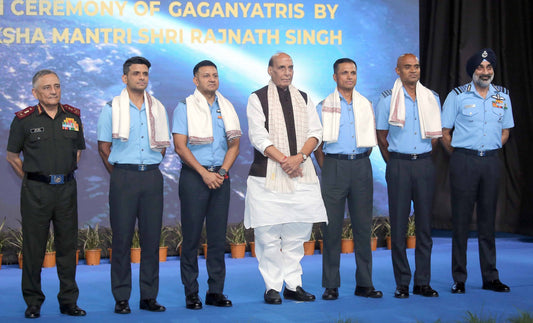Former IAF Chief Recommends Prioritizing Tejas MkII for India's Long-Term Air Power Strategy

Retired Air Chief Marshal R.K.S. Bhadauria, former head of the Indian Air Force (IAF), expressed his view that the IAF should have focused on acquiring Tejas MkII fighter jets instead of the recent decision to procure 97 Tejas Mk1A aircraft. In a conversation with BharatShakti's Editor-in-Chief, Nitin A. Gokhale, Bhadauria emphasized the superior attributes of the MkII model, including its advanced avionics and future-readiness, which he believes align more closely with India's long-term defense objectives.
Despite Bhadauria's stance, the Ministry of Defence approved a substantial ₹62,000 crore ($7.3 billion) contract for the additional Tejas Mk1A jets on August 19, 2025. The finalization of this deal is anticipated by March 2026.
Developed by Hindustan Aeronautics Limited (HAL) and the Defence Research and Development Organisation (DRDO), the Tejas MkII is a multirole fighter jet of the 4.5-generation. It is equipped with a more potent GE F414-INS6 engine, delivering 98 kN thrust compared to the 84 kN of the Mk1A version. The MkII features a larger airframe and an enhanced payload capacity of 6,500 kg, offering a greater range of 2,500 km over the Mk1A's 1,850 km, thereby enabling deeper strike capabilities and greater endurance.
Bhadauria also pointed out the MkII's indigenous Uttam AESA radar, which comprises 980 TRMs, alongside the Swayam Raksha Kavach Electronic Warfare suite, providing improved survivability over the Israeli-equipped systems of the Mk1A. With the integration of advanced missiles like Astra Mk2 and Mk3, increased maneuverability, and fifth-generation attributes such as sensor fusion, the MkII is considered a "future-proof" aircraft capable of challenging China's J-20 and Pakistan's JF-17 Block III.
Although the MkII offers enhanced capabilities, the government's choice to order a large number of Mk1A jets is driven by pressing operational demands. HAL's established production line is set to deliver the first Mk1A units by early 2025, with production capacity expected to increase to 24–36 jets annually by 2026.
On the other hand, the Tejas MkII prototype is anticipated to have its maiden flight by March 2025, with serial production unlikely to commence before 2028–29 following comprehensive testing. By the time the MkII becomes operational, the IAF will have strengthened its force with 10 complete squadrons of Mk1A, totaling 180 jets, which includes the previous order of 83 aircraft in 2021.
Bhadauria's proposal reflects the IAF's strategic aim to develop a strong indigenous fighter aircraft ecosystem, with the MkII serving as a transition to the Advanced Medium Combat Aircraft (AMCA), India's forthcoming fifth-generation stealth fighter. However, the Ministry of Defence's decision ensures that immediate squadron strength is reinforced, as the current number stands at 31 against the sanctioned 42.5.
The differing views underscore a familiar defense challenge—balancing current operational requirements with investments in future capabilities.



















